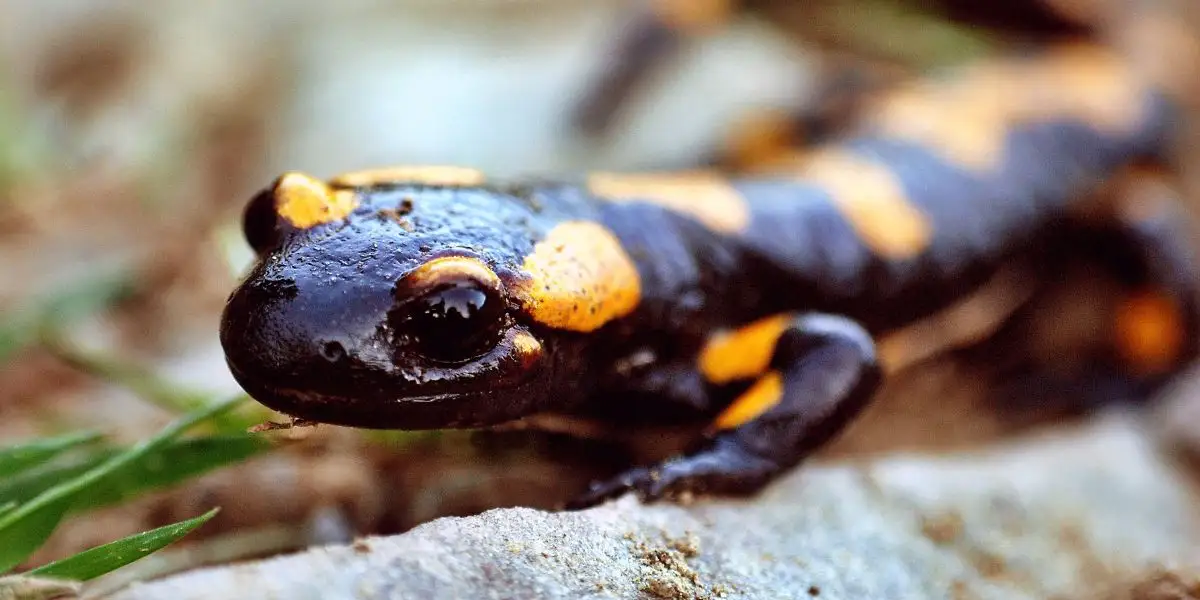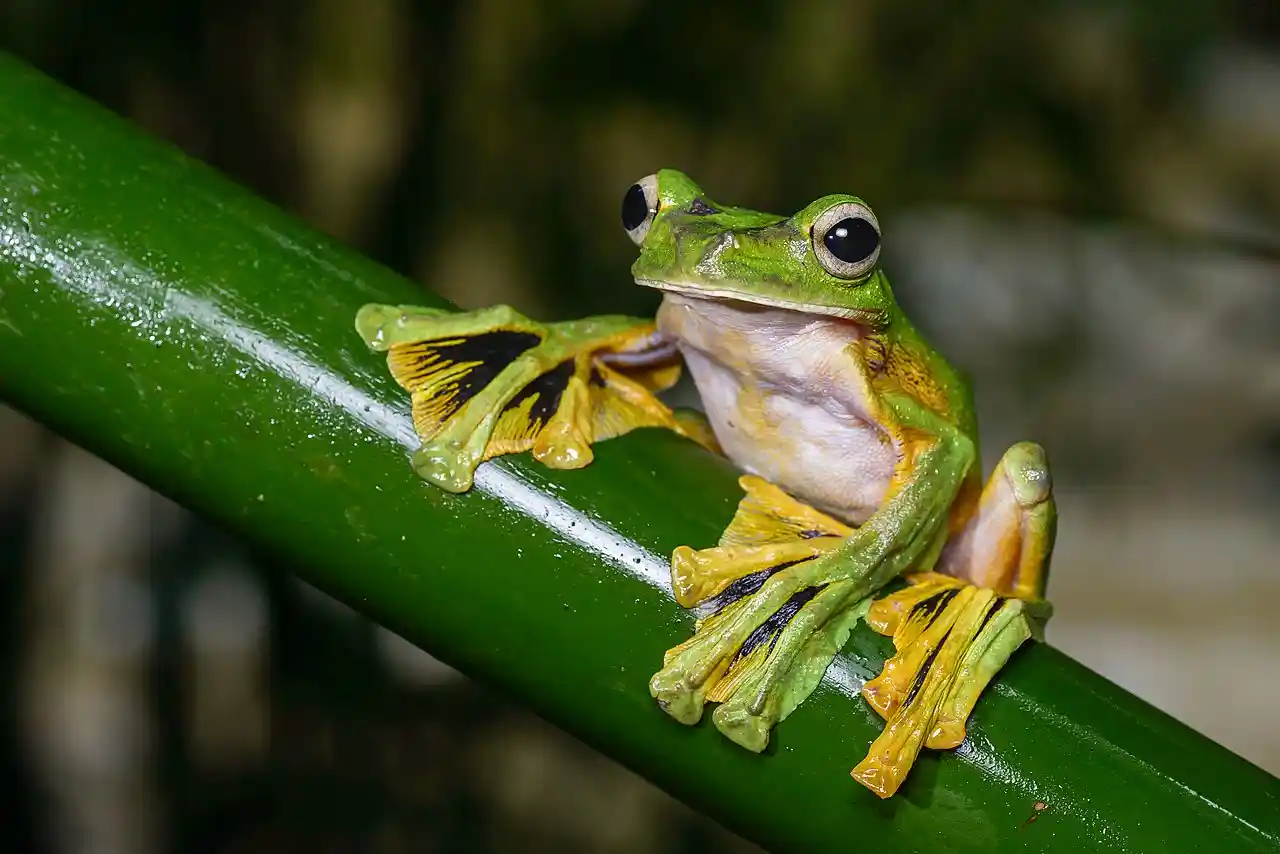What Is A Mountain Chicken?
The mountain chicken, despite its name, is not a chicken at all. In fact, it is a unique species of frog that can be found in the Caribbean.
Understanding and studying the mountain chicken is crucial for several reasons. Not only does it contribute to our knowledge of biodiversity, but it also sheds light on the delicate balance of ecosystems and the impact of human activities on wildlife.
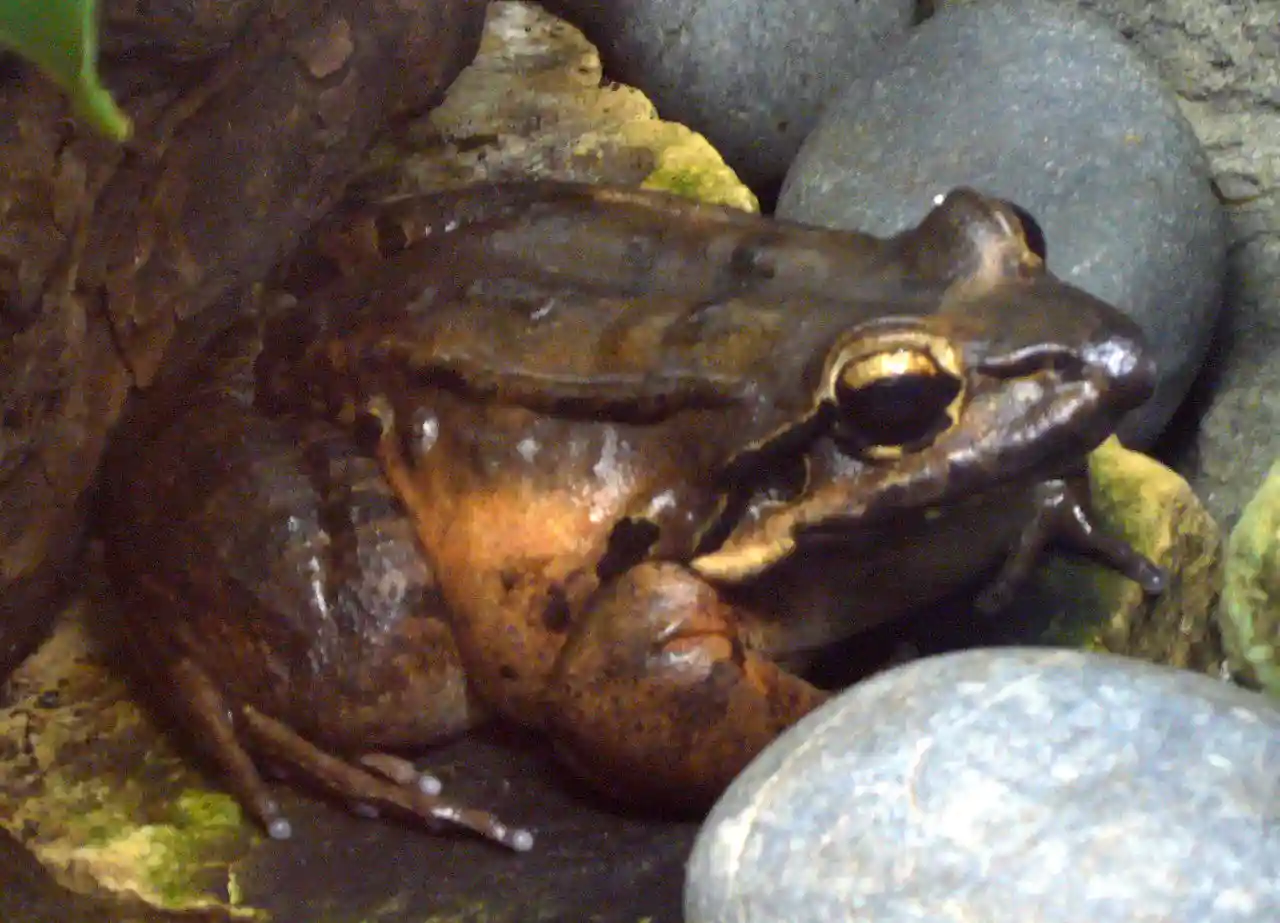
The mountain chicken, scientifically known as Leptodactylus fallax, is a critically endangered species. It is native to the islands of Dominica and Montserrat in the Caribbean.
This fascinating amphibian has captured the attention of scientists and conservationists due to its distinctive physical characteristics, its role in the ecosystem, and the numerous threats it faces.
By delving into the world of the mountain chicken, we can gain a deeper understanding of the intricate web of life and the importance of preserving endangered species.
Physical Characteristics of Mountain Chickens
Size and Weight
Despite its name, the mountain chicken is not a small bird but a large frog. In fact, it is one of the largest frog species in the world.
Adult mountain chickens can grow up to 7.9 inches (20 centimeters) in length and weigh around 2.2 pounds (1 kilogram).
This impressive size sets them apart from other frog species and makes them a unique and intriguing creature to study.
Appearance and Color Variations
Mountain chickens have a robust and muscular body, with a broad head and a wide mouth.
Their skin is rough and covered in small warts, giving them a bumpy texture.
Their coloration can vary, but they typically have a mottled pattern of brown, green, and black, which helps them blend into their natural surroundings.
Anatomy and Adaptations for Survival
One of the most notable physical characteristics of mountain chickens is their powerful hind legs.
These legs allow them to jump long distances and navigate their forest habitat with ease.
They also have large webbed feet, which aid in swimming and climbing trees.
Mountain chickens have a unique adaptation known as “gastric brooding.” This means that the female frog can swallow her eggs and incubate them in her stomach until they hatch.
This behavior is extremely rare among amphibians and adds to the intrigue and importance of studying this species.
Overall, the physical characteristics of mountain chickens make them well-suited for their natural environment and play a significant role in their survival and reproduction.
Habitat and Distribution
Native Regions where Mountain Chickens can be Found
Mountain chickens are endemic to the islands of Dominica and Montserrat in the Caribbean.
These islands provide the perfect habitat for these unique amphibians, with their lush rainforests and diverse ecosystems.
However, their distribution within these islands has become increasingly limited due to various factors.
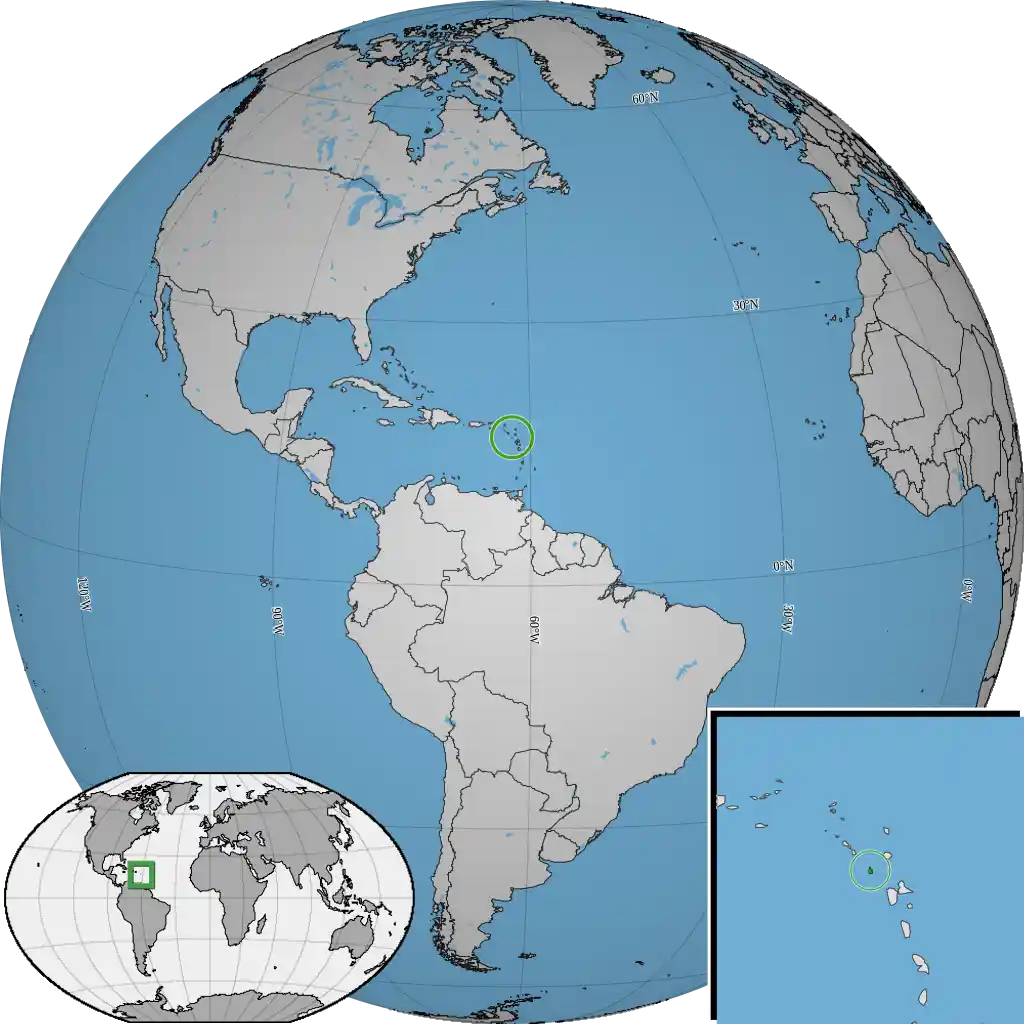
Description of their Preferred Habitats
Mountain chickens prefer to inhabit moist and dense forests, where they can find ample cover and access to water sources.
They are primarily found in the lower elevations of the islands, typically below 1,000 meters.
These frogs are known to seek shelter under fallen logs, leaf litter, and rocks during the day, emerging at night to forage for food.
Factors Affecting Their Habitat Loss and Fragmentation
The habitat of the mountain chicken has been significantly impacted by human activities.
Deforestation, agriculture, and urbanization have led to the loss and fragmentation of their natural habitat.
This destruction has not only reduced the available space for the mountain chickens to thrive but has also disrupted the delicate balance of the ecosystem they depend on.
The introduction of invasive species, such as rats and mongoose, has further threatened the survival of the mountain chicken.
These predators feed on the eggs and young frogs, contributing to their decline in numbers.
The combination of habitat loss, fragmentation, and the presence of invasive species has resulted in a drastic reduction in the population of mountain chickens.
Understanding the impact of these factors is crucial for implementing effective conservation strategies to protect this endangered species.
Behavior and Social Structure
Overview of Feeding Habits and Diet
Mountain chickens are opportunistic feeders, meaning they will consume a variety of prey items that are available to them.
Their diet primarily consists of insects, spiders, worms, and other small invertebrates.
They are known to be voracious eaters, using their long, sticky tongues to capture their prey with precision.
Reproduction and Courtship Rituals
During the breeding season, male mountain chickens engage in elaborate courtship rituals to attract females.
These rituals often involve vocalizations, where males emit loud, booming calls to establish their territory and attract mates.
The calls of mountain chickens are so unique and distinctive that they have earned them their name.
Once a female is attracted, the male will engage in amplexus, a mating behavior where the male clasps onto the female’s back.
The female will then lay her eggs, and the male will fertilize them externally.
As mentioned earlier, some species of mountain chickens exhibit the rare behavior of gastric brooding, where the female will swallow the eggs and incubate them in her stomach until they hatch.
Communication and Social Interactions within the Species
Mountain chickens are social animals and often congregate in small groups.
They communicate with each other through a variety of vocalizations, including the distinctive booming calls of the males during the breeding season.
These calls serve as a means of communication between individuals, helping them establish territories and attract mates.
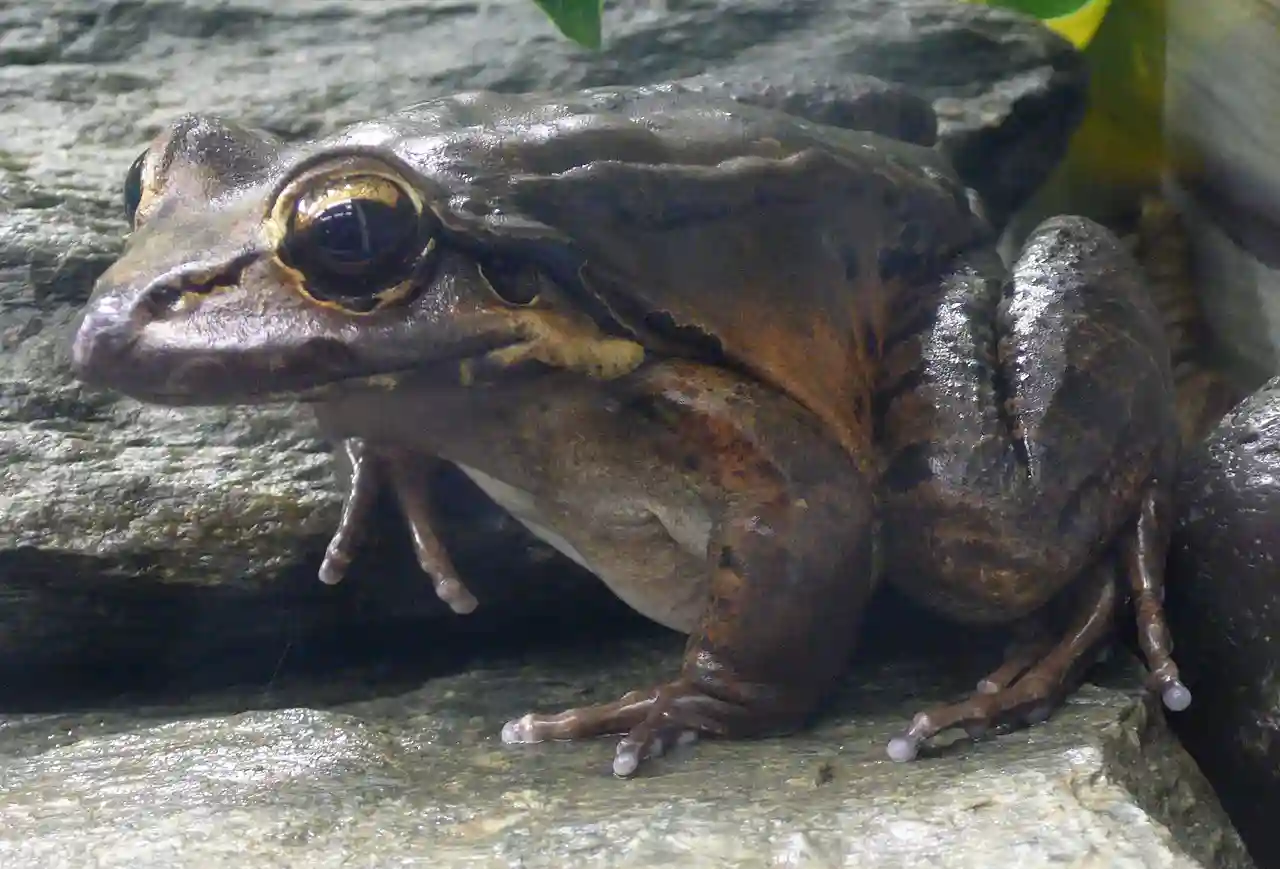
Within their social groups, mountain chickens also engage in various behaviors to establish dominance and hierarchy.
This can include physical displays, such as puffing up their bodies and vocalizing, as well as territorial behaviors to defend their preferred feeding and breeding areas.
Studying the behavior and social structure of mountain chickens provides valuable insights into their ecology and helps us understand the dynamics of their populations.
It also highlights the importance of preserving their natural habitats, as these behaviors and interactions are intricately linked to their survival and reproductive success.
| Characteristic | Description |
|---|---|
| Scientific Name | Leptodactylus fallax |
| Other Names | Giant Ditch Frog, Crapaud |
| Native Range | Caribbean Islands – Dominica and Montserrat |
| Conservation Status | Critically Endangered |
| Size | Large; can reach up to 20 cm (8 inches) in length |
| Color | Varied coloration; typically brown, green, or gray |
| Skin Texture | Rough, bumpy skin |
| Habitat | Tropical rainforests, moist montane forests, and lowlands |
| Behavior | Nocturnal; burrows in the soil during the day |
| Diet | Carnivorous; eats insects, spiders, small vertebrates |
| Reproduction | External fertilization; females lay eggs in water bodies |
| Unique Adaptations | Excellent jumper and swimmer; vocal calls sound like a chicken |
| Population Decline Causes | Chytrid fungus, habitat destruction, volcanic activity |
Threats and Conservation Efforts
Natural Threats to Mountain Chickens
Mountain chickens face a range of natural threats that have contributed to their decline.
One of the most significant threats is the chytrid fungus, a deadly disease that affects amphibians worldwide.
This fungus has decimated mountain chicken populations, causing mass mortality and devastating their numbers.
Extreme weather events, such as hurricanes and storms, pose a threat to mountain chickens.
These events can result in habitat destruction, increased predation, and disruption of their breeding cycles.
Human-Induced Threats such as Hunting and Habitat Destruction
Human activities have had a profound impact on mountain chicken populations.
Historically, mountain chickens were hunted for their meat, which has led to a significant decline in their numbers.
Although hunting is now illegal, it still poses a threat in some areas.
Habitat destruction and fragmentation due to deforestation, agriculture, and urbanization have also played a major role in the decline of mountain chickens.
The loss of their natural habitat limits their ability to find suitable breeding and foraging grounds, further exacerbating their vulnerability.
Organizations and Initiatives Focusing on Mountain Chicken Conservation
Recognizing the urgent need to protect the mountain chicken, numerous organizations and initiatives have been established to conserve this endangered species.
The Mountain Chicken Recovery Program, a collaborative effort between conservation organizations, governments, and local communities, aims to restore and protect mountain chicken populations.
These conservation efforts involve various strategies, including captive breeding programs, habitat restoration, disease monitoring, and public awareness campaigns.
The program also focuses on community engagement and education to foster a sense of stewardship among local communities and promote sustainable practices.
Efforts are also being made to strengthen legislation and enforce stricter regulations to prevent hunting and protect the remaining habitats of mountain chickens.
The collective actions of these organizations and initiatives provide hope for the survival of the mountain chicken.
However, continued support and conservation efforts are crucial to ensure the long-term viability of this unique species.
Economic and Ecological Implications of Mountain Chickens
Role of Mountain Chickens in the Ecosystem
Mountain chickens play a vital role in the ecosystem they inhabit.
As voracious insectivores, they help control populations of insects and other invertebrates, contributing to the balance of the ecosystem.
By consuming pests, they indirectly benefit agricultural practices and reduce the need for chemical pesticides.
Mountain chickens serve as prey for other species, such as snakes and birds of prey, contributing to the intricate food web within their habitat.
Their presence and interactions with other organisms are essential for maintaining the overall health and biodiversity of the ecosystem.
Potential Economic Benefits of Preserving this Species
Preserving the mountain chicken species can have significant economic benefits.
Ecotourism, centered around the observation and study of wildlife, can provide a sustainable source of income for local communities.
The unique characteristics and endangered status of the mountain chicken make it an attractive species for ecotourism initiatives, drawing visitors from around the world.
The conservation efforts aimed at protecting mountain chickens can create employment opportunities, such as wildlife monitoring, habitat restoration, and research positions.
This not only contributes to the local economy but also fosters a sense of pride and ownership among community members.
Importance of Biodiversity and the Value of Protecting Endangered Species
The mountain chicken is just one example of the countless species facing extinction due to human activities.
Preserving biodiversity is crucial for maintaining the health and resilience of ecosystems.
Each species, no matter how small or seemingly insignificant, plays a unique role in the intricate web of life.
Endangered species, like the mountain chicken, serve as indicators of the overall health of ecosystems.
Their decline can signal underlying environmental issues that may have far-reaching consequences.
By protecting and conserving endangered species, we are not only preserving the beauty and diversity of our planet but also safeguarding the services and resources that ecosystems provide.
The value of protecting endangered species extends beyond their intrinsic worth.
It is an investment in the future, ensuring the sustainability of our planet for generations to come.
Frequently Asked Questions
The mountain chicken is called so due to its large size and the fact that it is a frog species found in the mountainous regions of the Caribbean islands.
The name “mountain chicken” is a colloquial term that locals in the Caribbean use for this large frog species, which they consider a delicacy. It is not related to chickens; the name likely originated from its size and its use as a food source.
In the Caribbean, the term “mountain chicken” refers to a species of frog known as Leptodactylus fallax, which is found on the islands of Dominica and Montserrat.
he mountain chicken’s common name is “mountain chicken” itself. It is also sometimes known by other names such as “giant ditch frog” or “crapaud.”
The mountain chicken is a large frog, measuring up to 20 cm (8 inches) in length. It has rough, bumpy skin and exhibits varied coloration, often appearing brown, green, or gray. It is a nocturnal species, known for its jumping and swimming abilities. The vocal calls of the mountain chicken sound like that of a chicken, which might have contributed to its name.
The mountain chicken faces several threats, primarily leading to its critically endangered status. The main threats include the deadly chytrid fungus, habitat destruction due to human activities, and volcanic activity on the islands where it resides. These factors have significantly impacted the population of the mountain chicken in the Caribbean.
Conclusion
The mountain chicken, a unique and fascinating frog species, faces numerous threats to its survival.
Understanding its physical characteristics, habitat, behavior, and the challenges it encounters is crucial for implementing effective conservation strategies.
Conservation efforts, such as captive breeding programs, habitat restoration, and public awareness campaigns, are underway to protect the mountain chicken.
These initiatives not only contribute to the preservation of this endangered species but also have economic and ecological implications.
Preserving the mountain chicken and other endangered species is not just a matter of aesthetics or sentimentality.
It is a matter of recognizing the interconnectedness of all living beings and the importance of maintaining a healthy and diverse planet.
By studying and conserving the mountain chicken, we are taking a step towards a more sustainable and harmonious future.


